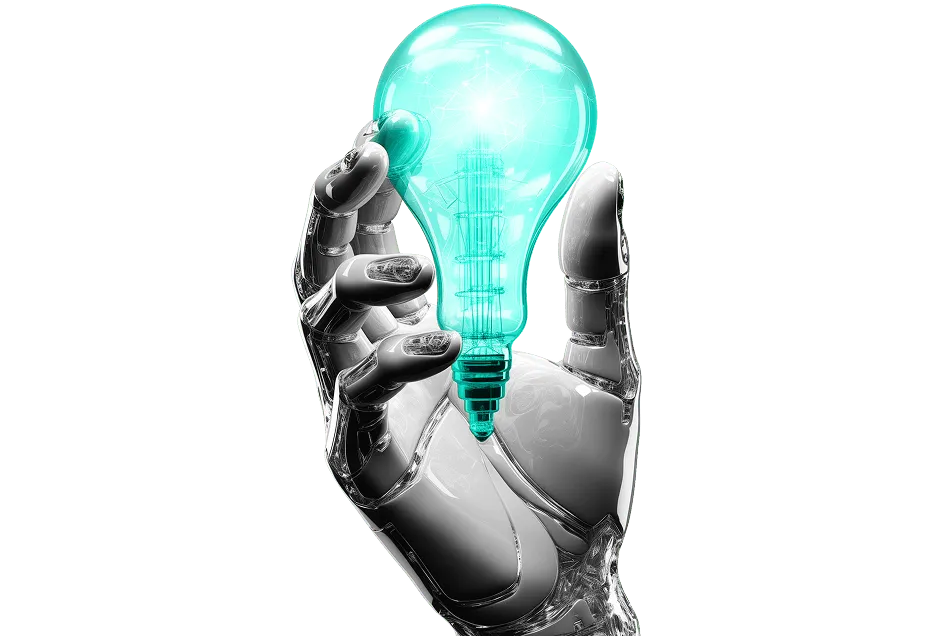How Generative AI is Transforming Roles and Redefining Productivity
This week, we continued to work on the model to understand the impact of AI on each job. This email is slightly longer, but I hope you find it helpful. Traditional ways of working, characterized by manual processes, static interfaces, and reactive insights, are rapidly evolving. Generative AI reshapes work into more intuitive, interactive, and proactive experiences.
For example:
- Coding is shifting from manual scripting to intuitive, conversational ���vibe coding,��� enabling anyone to code through natural language prompts.
- Analytics are transforming from static dashboards into conversational interfaces that engage users directly, allowing real-time exploration and deeper insights.
- Interfaces no longer passively display data but proactively anticipate and predict user needs, delivering real-time recommendations.
- Creativity and collaboration have become seamlessly blended, where human creators and AI co-create content conversationally.
- Operations have gained AI-powered ���co-pilots��� that enhance human decision-making by managing and refining processes, thus augmenting human expertise.
- Data storytelling has evolved from tedious manual tasks to automated, AI-driven narratives that simplify complex data into clear, actionable insights.
The modern workplace is becoming increasingly collaborative, intuitive, and dynamic, driven by generative AI that empowers workers to focus on higher-value tasks and creative problem-solving rather than routine execution.

Last week, we mentioned that a job role���s workloads could be classified as follows: (Each workload is a sum of tasks for your reference.) Using the same concept, we worked on building a Gen AI Impact map for Talent Acquisition.

Talent Acquisition AI Impact Map
Column Definitions:
- Workload Type:Refers to distinct Talent Acquisition tasks or activity groups.
- Before Generative AI:Description of how tasks were traditionally conducted, typically manual and human-driven.
- After Generative AI:How the workload has evolved with the introduction of Generative AI.
Workload Categories:
- Directive Workloads Clearly defined, rules-based activities suited for AI-driven automation.
- Feedback Loop Workloads Activities involving regular human-AI interaction, requiring ongoing human judgment and refinement based on outcomes.
- Learning Workloads Workloads involving gaining new insights, knowledge, or capabilities reliant on human creativity and exploration.
- Validation Workloads Activities ensuring accuracy, compliance, and quality assurance, requiring human expertise and contextual understanding.
- Workload Iteration Processes that continuously evolve through human-driven refinement, improvement, and strategic adaptation.
- Negligible Workloads Activities with limited operational value or tasks that should be eliminated
What is a workload?
- Sum of similar tasks grouped
This legend can help you understand the specific categorization of tasks within each cell of the Talent Acquisition workload table.
Summary: Draup has developed a model to detail Gen AI's impact by each job role. If you would like to analyze any roles like this, please let us know










.svg)




















.svg)





.svg)
